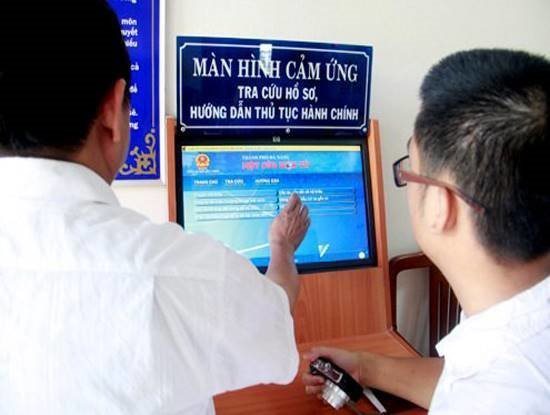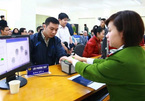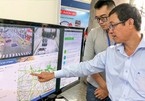A UN report on e-government development in August 2017 – July 2019 showed that Vietnam ranked 86th among 193 surveyed countries, a two-grade increase compared with the previous ranking.

Vietnam ranks 24th out of 47 Asian countries in the e-government development level. In Southeast Asia, Vietnam ranks 6th among 11 countries.
Vietnam’s general index is 0.6667, higher than the average index of the world and the region.
Vietnam is among the countries at a high e-government development level.
Regarding component indicators, Vietnam has seen great improvement in the telecommunication infrastructure index with a 31-grade promotion, improvement in human capital index with a 3-grade promotion. However, it has fallen by 22 grades in online service index.
| Vietnam ranks 24th out of 47 Asian countries in the e-government development level. In Southeast Asia, Vietnam ranks 6th among 11 countries. |
Vietnam was praised for its e-participation index (70th out of 193 countries) with the great efforts of taxation agencies in implementing tax e-declaration, e-payment and e-customs.
With a 97th ranking in local online services and open data index, Vietnam is among the average countries.
According to the Authority of Information Technology Application, the report doesn’t fully reflect Vietnam’s great efforts in the period from August 2019 to now.
MIC wants Vietnam to jump 10 grades in the e-government ranking for the next period.
Five ministries are leading in the overall IT application index, including the Ministries of Finance, Industry and Trade, Information and Communications, Health and the State Bank of Vietnam.
The five leading provinces in IT application index include Thua Thien–Hue, Da Nang, Binh Duong, Quang Ninh and HCM City.
As of July 2020, 21 ministries, ministry-level agencies and government agencies and 55 central cities/provinces, or 82.61 percent of total, had LGSP (Local Government Service Platform).
From early 2019 to the end of July 2020, 4.4 million transactions were carried out through NGSP (National Government Service Platform), which means 7,600 transactions a day.
MIC estimates that the operation of NGSP helps save VND30.5 trillion for every administrative procedure. For birth certificate services and health insurance granting to children aged below six, NGSP helps save VND48.8 billion.
At present, the rate of e-document exchange between state agencies nationwide is 88.53 percent. The average fourth-level online public service rate in the country is 15.91 percent.
Nine ministries and agencies under the government, and 11 provinces and cities, have fourth-level online public services at over 30 percent. The rate is 100 percent for MIC and MOH.
Regarding network safety and security, by July 2020, 44 percent of ministries, branches and localities have deployed 4-layer protection. The National Cyber Security Center (NCSC) has connected 38 SOCs (Security Operations Center).
Trong Dat

Chip-based ID cards proposed to improve compatibility with e-Government
Major General To Van Hue, head of the Department for Administrative Management of Social Order under the Ministry of Public Security told local media about the ministry’s plans to introduce chip-based identity cards.

E-government growth to closely connect with smart city, digital transformation
The Ministry of Information and Communications (MIC) has just held a consultation session with businesses about proper strategies for e-government development in the period from 2021 – 2025, with a vision to 2030.